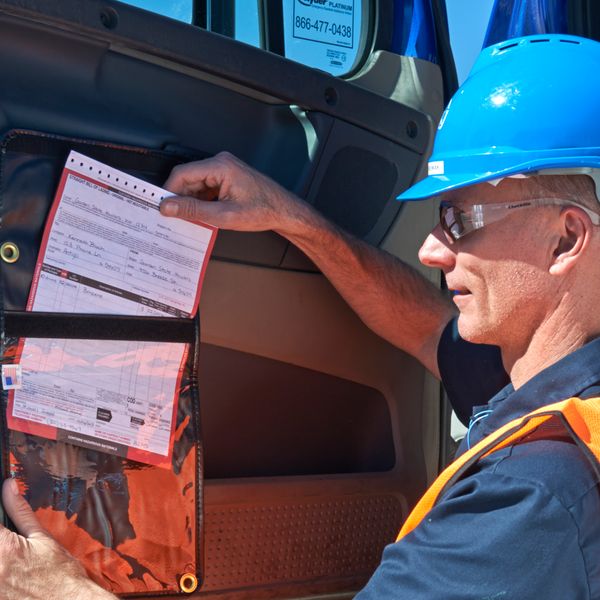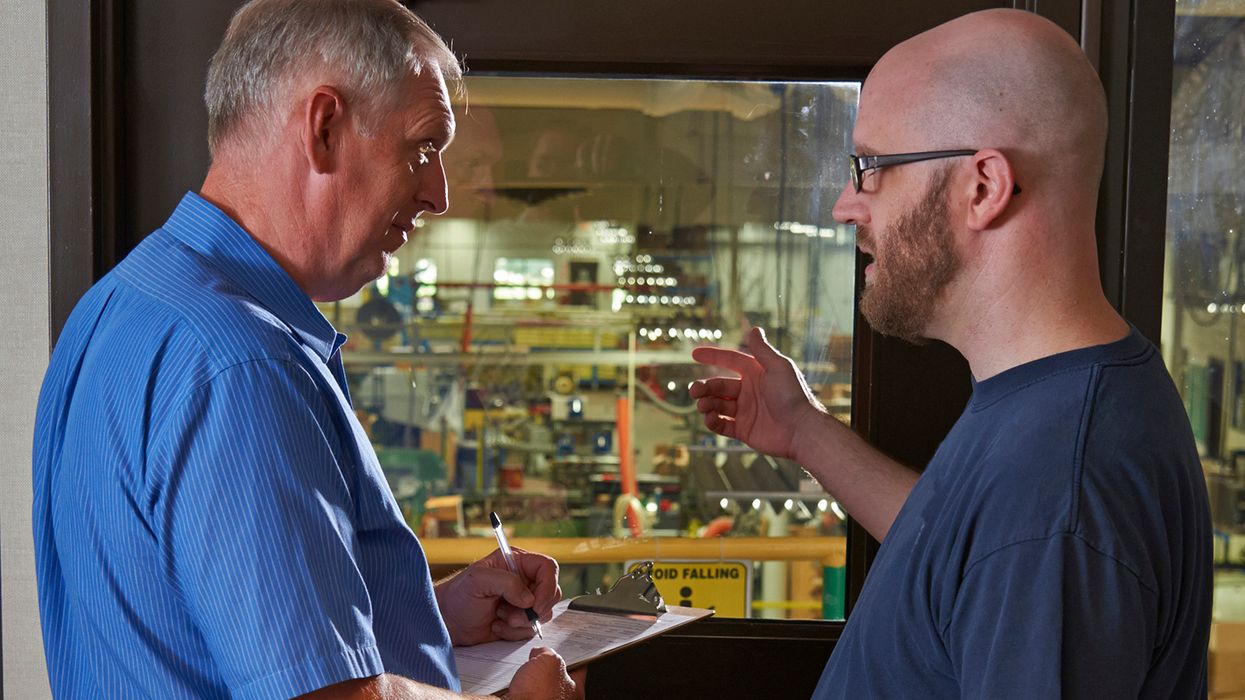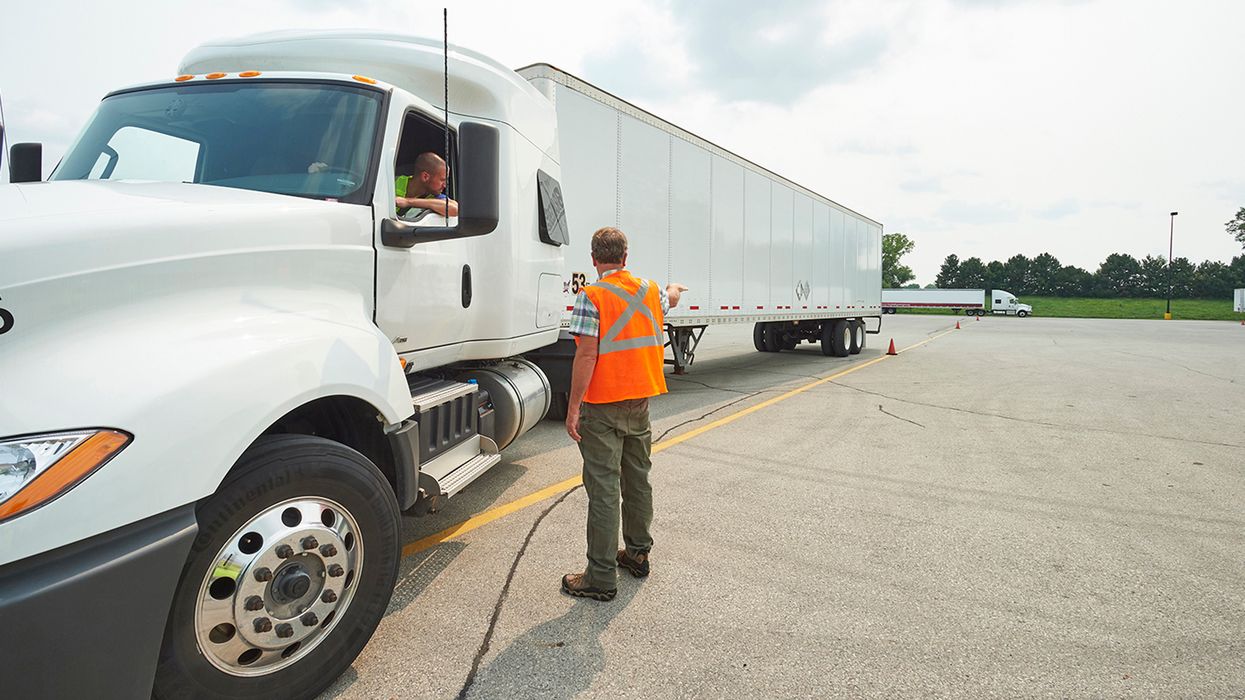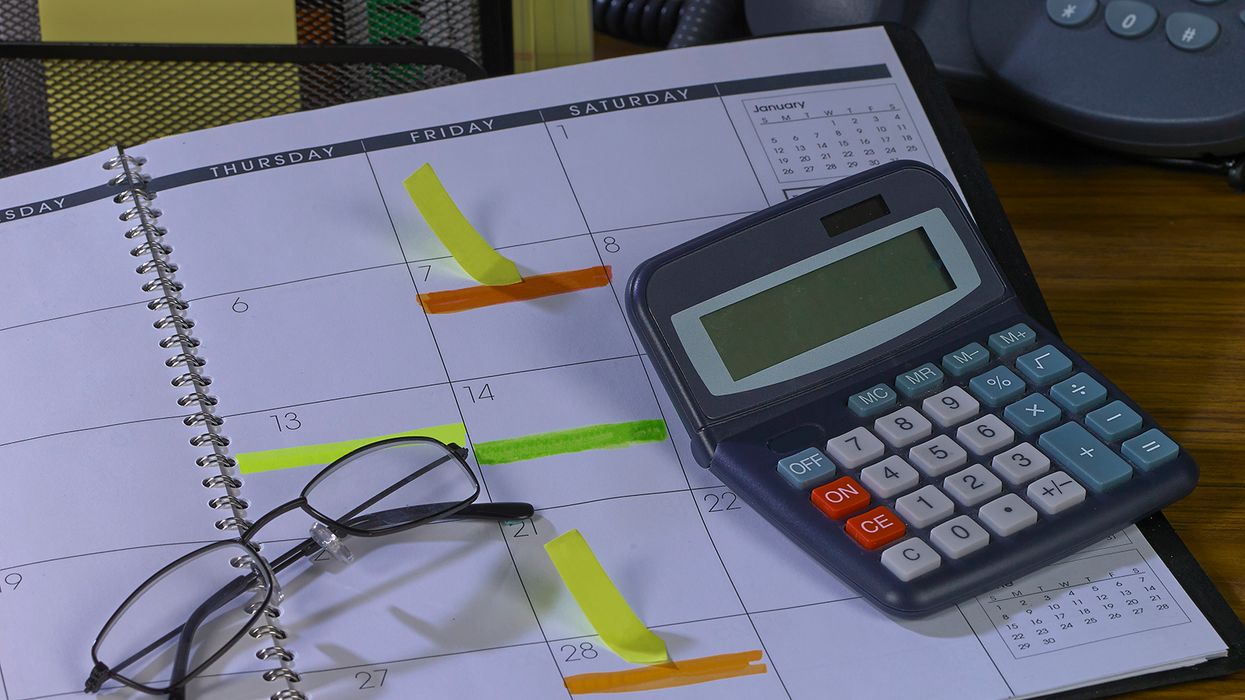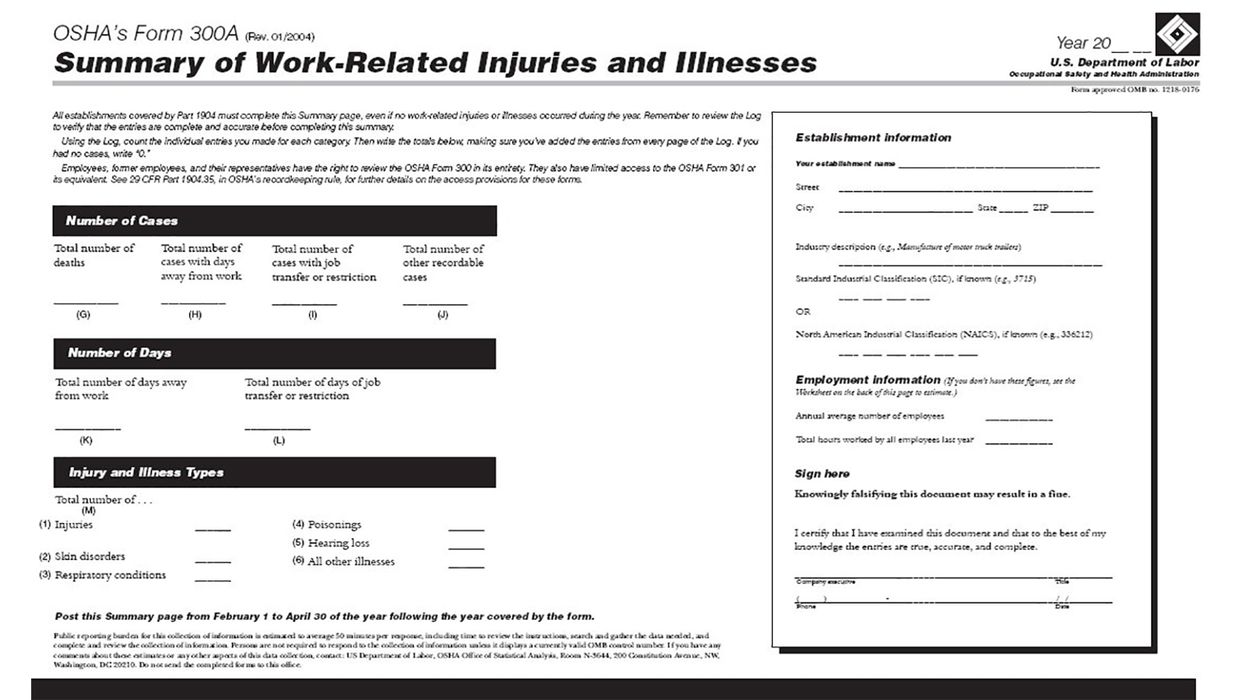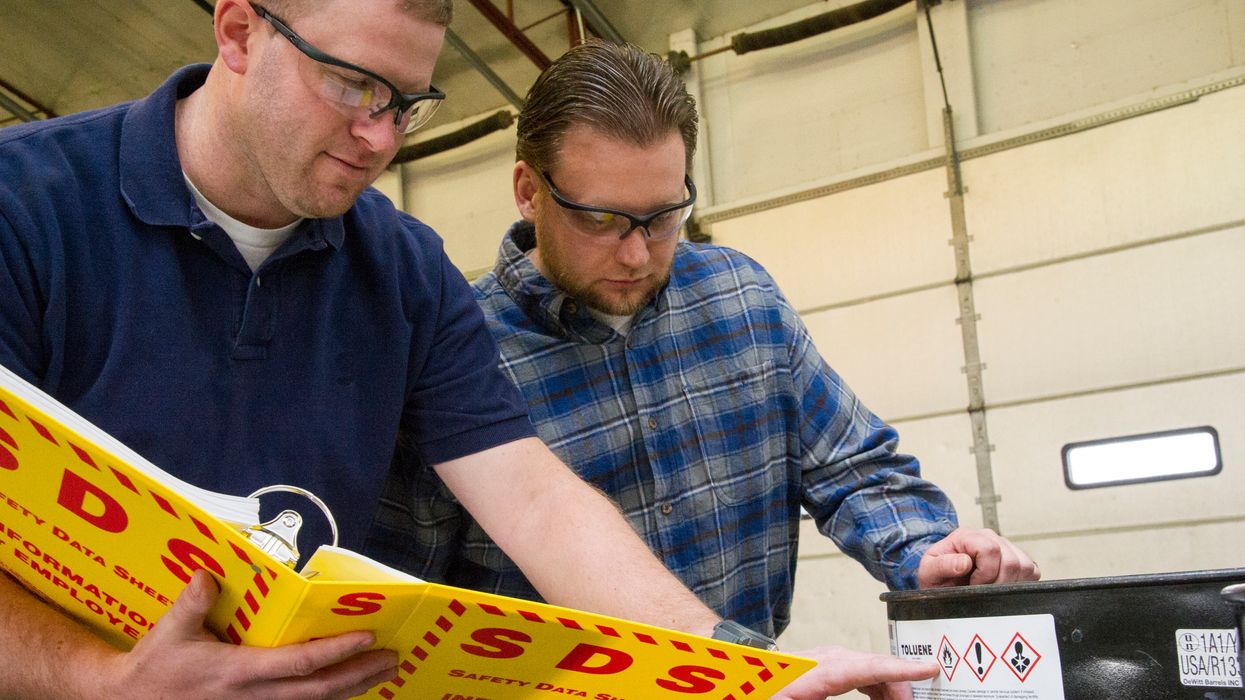Options are limited for a leaky hazmat package
The release of a hazardous material from a package currently comes in at number 14 on the Federal Motor Carrier Safety Administration’s (FMCSA) top hazmat violations for 2022. While it’s not in the top 10, it’s still a serious concern. In fact, the release of a hazardous material from a package has the highest out-of-service (OOS) percentage rate for all hazardous materials violations, at 97.88%.
With such a high OOS rate, carriers and drivers should know what to do if they have a package that is leaking hazardous materials. Section 177.854(b) of the Hazardous Materials Regulations (HMR) lays out three steps carriers can use for leaking packages:
- Repair/overpack,
- Transportation, and
- Disposal.
Repairing or overpacking
The HMR gives carriers the option to repair leaking packages when it’s safe and practical to do so. However, most carriers do not have the materials or knowledge needed to repair specification or UN packagings according to HMR requirements.
Another option is for carriers to use a type of overpack, often referred to as a salvage package, to place the leaking package into. Salvage packaging is typically an oversized drum that meets specific HMR requirements.
Transportation
Repaired packages may be transported to the nearest place where they can be safely disposed of, provided they meet the following requirements:
- The package must be safe for transportation.
- The repair must be adequate to prevent mixture with other hazmat and cargo on the same motor vehicle.
- If the carrier is not also the shipper, the consignee’s name and address must be plainly marked on the repaired package.
Salvage packages may be forwarded on to the final destination or they may be returned to the original shipping location.
Disposal
In the event any leaking package or container cannot be safely and adequately repaired for transportation or transported, it must be disposed of in the safest and most expeditious manner possible.
Adjustments
While the steps listed above will work for a lot of situations, they won’t work for every situation. Obviously, each accident or incident involving the release of hazmat cannot be treated in the same manner. Carriers should take this into account and adjust their actions accordingly. Remember, always keep safety in mind.
Key to remember
To avoid being placed out of service, carriers and drivers should know what to do if they have a package that is leaking hazardous materials.






